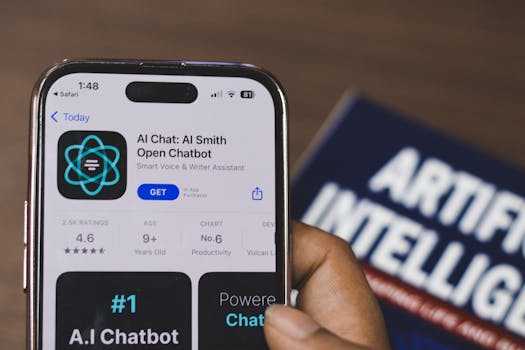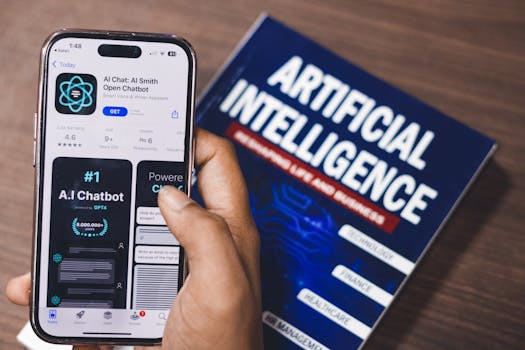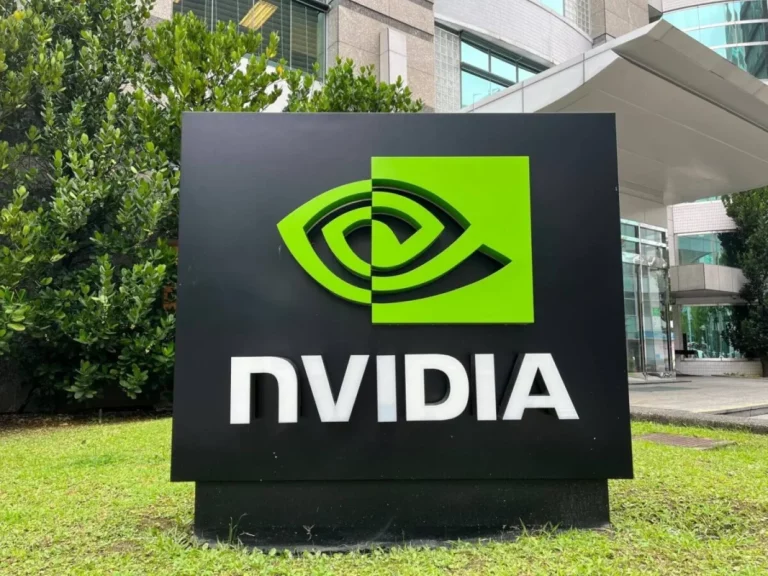
Emerging Trends in Artificial Intelligence and Machine Learning: Shaping the Future
Takeaways:
- AI and ML are evolving rapidly, impacting various sectors.
- Ethical considerations are becoming paramount in AI development.
- Automated machine learning (AutoML) is simplifying model creation.
- Generative AI is revolutionizing content creation and design.
- AI in healthcare is improving diagnostics and patient care.
In recent years, the fields of artificial intelligence (AI) and machine learning (ML) have witnessed unprecedented growth and innovation. As these technologies continue to evolve, they are reshaping industries, enhancing productivity, and creating new opportunities. In this article, we will explore the most significant emerging trends in AI and ML, providing insights into how these advancements are influencing the future.
The Rise of Ethical AI

One notable example is the emphasis on explainable AI (XAI), which aims to make AI decision-making processes understandable to users. This is particularly crucial in high-stakes fields such as healthcare and finance, where the consequences of AI-driven decisions can be significant.
Moreover, companies are now investing in diverse data sets to minimize bias and ensure their AI models are representative of various demographics. As a result, ethical AI is not just a regulatory requirement; it is becoming a competitive advantage for organizations that prioritize responsible AI practices.
Automated Machine Learning (AutoML)

This trend is democratizing access to machine learning, allowing businesses of all sizes to harness AI capabilities without requiring extensive technical expertise. Platforms offering AutoML capabilities are becoming increasingly popular, enabling users to build and deploy models quickly and efficiently.
Furthermore, AutoML is enhancing productivity for data scientists by automating repetitive tasks and allowing them to focus on more complex challenges. This shift is expected to accelerate the adoption of machine learning across various industries, from retail to manufacturing.
Generative AI: A New Era of Creativity

Tools such as OpenAI’s GPT-3 and DALL-E are examples of how generative AI can produce human-like text and stunning visuals, respectively. These technologies are not only enhancing creativity but also streamlining content creation processes, allowing businesses to generate marketing materials and product descriptions more efficiently.
The impact of generative AI extends beyond content creation; it also has applications in fields such as game development, where it can be used to design immersive environments and characters. As generative AI continues to advance, it will likely transform the way we think about creativity and collaboration in the digital age.
AI in Healthcare: Transforming Patient Care

Additionally, AI is being utilized to predict patient outcomes and optimize hospital operations. Predictive analytics can help healthcare providers anticipate patient needs, manage resources more effectively, and reduce wait times. This trend is not only improving the efficiency of healthcare systems but also enhancing the overall patient experience.
Moreover, AI-driven telehealth solutions are enabling remote monitoring and consultations, allowing patients to receive care from the comfort of their homes. This shift has become particularly important in the wake of the COVID-19 pandemic, as healthcare providers seek to offer safe and accessible services.
Conclusion







